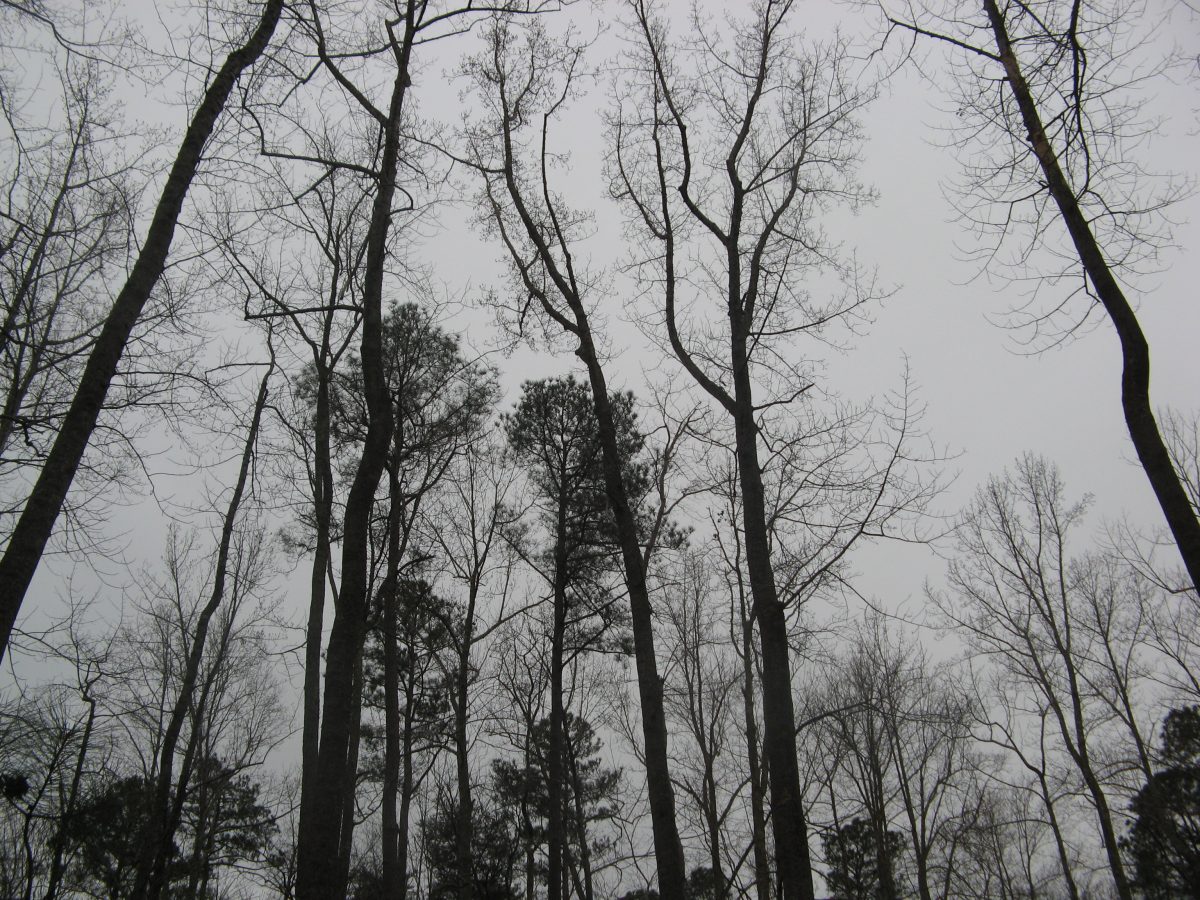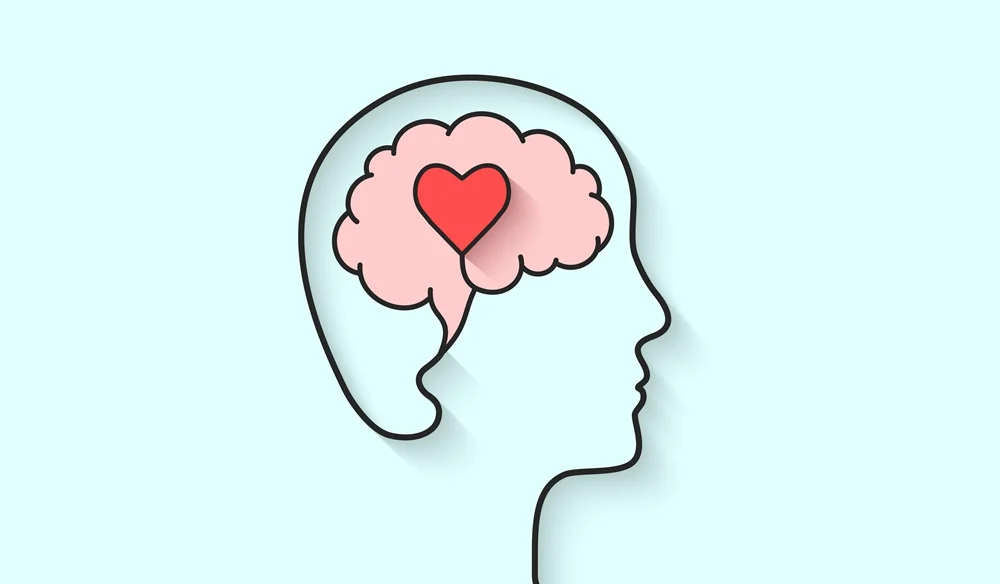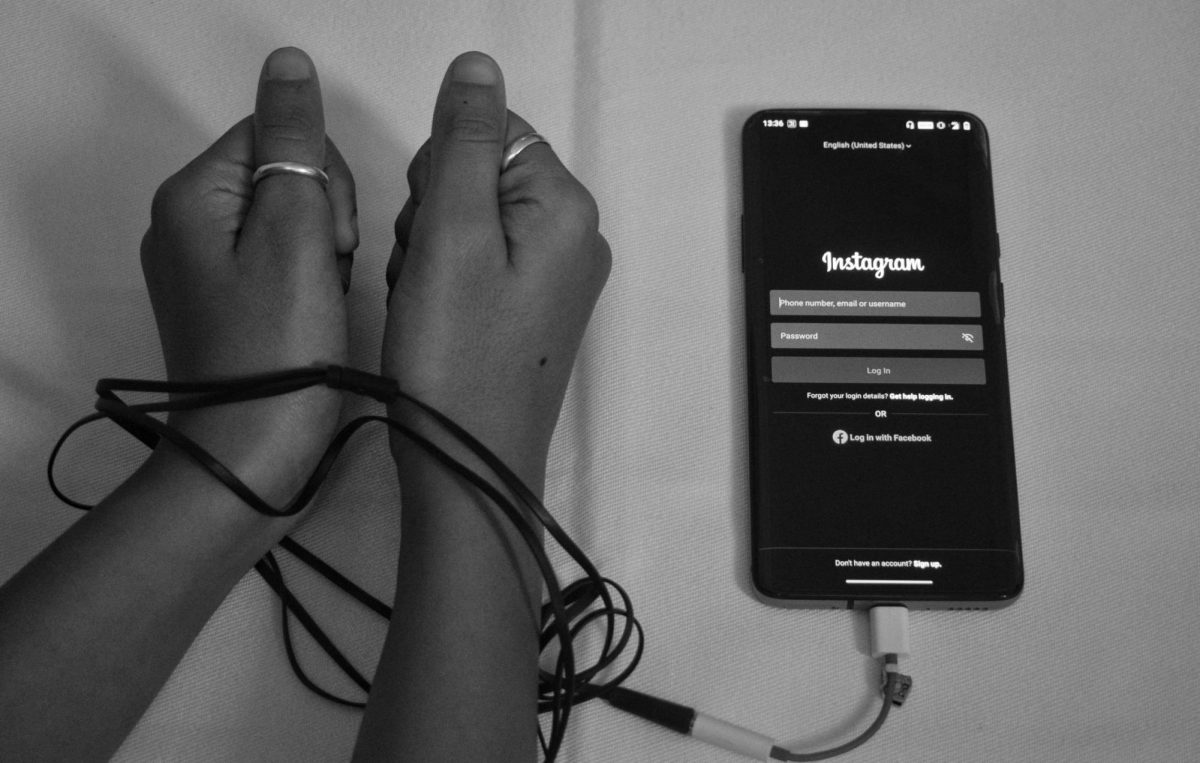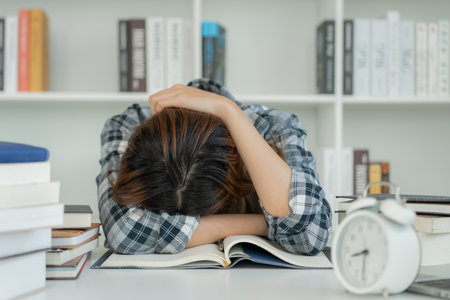On average, 18.4% of people in the United States have been diagnosed with depression. Specifically, the highest rate of depression occurs in West Virginia, with the lowest in Hawaii. (Becker’s Hospital Review). A common pattern among the states with higher and lower depression levels is not a coincidence that West VIrginia has generally colder weather, and Hawaii is a state of paradise with warm weather all year round.
Seasonal Affective Disorder, or SAD, is a subcategory of depression that usually occurs during the Fall or Winter months, as suggested by its “seasonal” title. SAD is known to be prompted by a chemical imbalance in the brain due to lack of exposure to sunlight. Around 5 percent of adults in the US are diagnosed with this disorder per year, and it affects these individuals for about 40 percent of the entire year. (American Academy of Family Physicians)
Symptoms of depression include feelings of emptiness, anxiety, guilt, worthlessness, decreased energy, changes in sleep patterns and appetite, and thoughts of suicide. Common symptoms of specifically winter depression include, but are not limited to, oversleeping, overeating, and social withdrawal.
Many characterize the feeling of sadness in the winter as the “winter blues.” However, it can be much more than that. This chemical imbalance can create feelings so strong that leaving the depression without treatment can be potentially life-threatening.
Thankfully, many options are available to help with winter depression. Light therapy is one option for those struggling with SAD. This form of treatment uses a very bright light box to place in front of a person and it is created to help with lack of sunlight in the wintertime and to increase serotonin levels. (Mayo Clinic)
Psychotherapy, also known as counseling, is another option for those who struggle with winter-pattern depression. Talk therapy can help sort out feelings of sadness and help to cope with underlying trauma and change any destructive behaviors. If needed, medication can be a last resort as well, when prescribed by a doctor.
Lastly, and possibly most importantly, the best way to beat winter depression is trying all one can to stay busy. Going on a vacation if possible, playing a sport, going to the gym, doing hobbies one enjoys and spending time with loved ones can aid in the symptoms of winter depression. Remembering one’s limits and allowing time to relax are all excellent ways of beating the cold temperatures and wintertime dreariness.
Seasonal Depression in the Winter Months
About the Contributor

Lia Nowak, Staff Writer
Lia Nowak is currently a junior at WMC, and this is her first year writing for The Paw. Lia enjoys reading, writing, and playing varsity basketball and tennis for West Morris. Lia's favorite subject in school is English, and that is the reason Lia decided to choose journalism as a class this year. She is a member of the P.A.W.S club, Highlanders for Humanity, and Relay for Life. Additionally, Lia is the outreach coordinator for Reach Out non-profit. Academically, Lia is currently in the IB-CP program for Life and Health Science for junior and senior year. Lia is thrilled to be a part of The Paw this year because the paper will give her the opportunity to write about topics she is interested in and to be caught up with school news.







